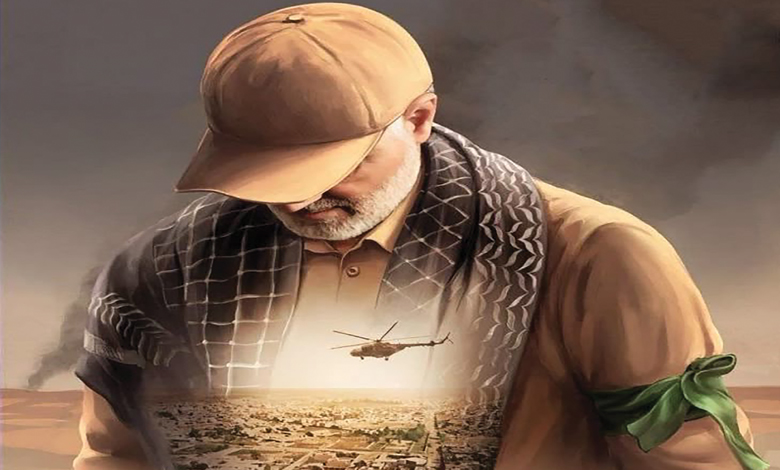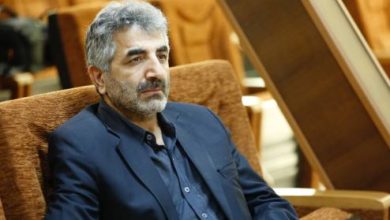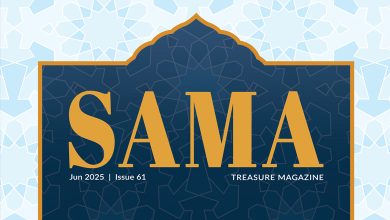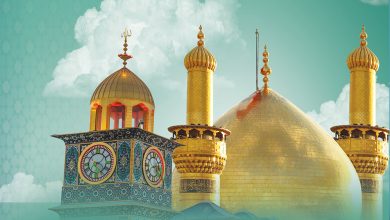Part Two: Soleimani and the Battlefields – A General Without Borders (Section Three)

 Political Section
Political Section
Aleppo: Commanding Not a Battle, but a Series of Battles
In Aleppo, Soleimani did not command a single battle but a complex series of battles, with plans that evolved daily. His genius manifested on multiple levels:
-
Psychological attrition warfare: Allied forces employed prolonged siege tactics alongside targeted dissemination of information regarding enemy desertions or surrenders, undermining their morale.
-
Shifting the focal point of battle: By introducing units like the Zainabiyoun and Fatemiyoun into the front lines, he disrupted enemy defensive formations, as armed groups did not expect participation from foreign forces with differing ideological backgrounds.
-
Engineering reconciliation: In some neighborhoods in eastern Aleppo, field command, following Soleimani’s proposals for amnesty and settlement in exchange for withdrawal with light arms, managed to liberate areas without heavy civilian casualties. This blend of hard power and strategic patience reflected the mindset of a battlefield architect, not merely a military executor.
Amerli: Redefining Shiite Resistance
The Shiite Turkmen town of Amerli, in the heart of Iraq’s Salah al-Din province, faced imminent genocide by ISIS. While the world remained silent, the Iraqi government paralyzed, and global powers observed, only Soleimani acted. Relying on the nascent Popular Mobilization Forces (PMF) and coordinating with Kata’ib Hezbollah Iraq and other groups, he intervened.
Operational creativity here involved “breaking the siege from both inside and outside simultaneously.” Soleimani directed operations from three axes while coordinating air support with the Iranian and Iraqi air forces. This marked the first clear field cooperation between Tehran and Baghdad since Saddam’s fall.
But he did not stop at military liberation. Immediately after lifting the siege, convoys of food and electricity generators were sent to Amerli, demonstrating that the battle was not just about reclaiming land but restoring the dignity of the people and establishing a social base for resistance.
In all these theaters, Soleimani’s operational creativity relied on a triple formula: precise geographical knowledge, synergy among heterogeneous groups, and strategic-psychological design of operations. This approach made him a commander who was never trapped in a siege, but always capable of breaking it.
Field Documentation and Exclusive Images
Beyond oral narratives and media analysis, what truly illuminates Soleimani’s role on the battlefield are field documents and exclusive images, some published posthumously for the first time, and some still archived. These materials confirm his operational and strategic leadership while demonstrating his direct, front-line presence.
In released images from the battle of Al-Qusayr, Soleimani is seen in simple combat attire alongside Lebanese resistance commanders and the Syrian army, showing that he was not in distant headquarters but at the heart of danger and decision-making. His stance, interaction with fighters, and even how he studied operational maps reflect precise mastery and exceptional self-confidence.
In Amerli, where ISIS had nearly suffocated the population, photos show Soleimani stepping off an armored vehicle to greet the townspeople, being the first to do so. These images demonstrate that “liberation” for Soleimani was not a political term, but a living, human, and heartfelt process.
In Al-Bukamal, strategic border city, videos and photos show him personally revising operational plans on the front lines and issuing movement orders without relying on bureaucratic command chains. Released documents indicate that the final attack order came directly from Soleimani, and that night, Al-Bukamal was liberated from ISIS with complete surprise.
In Aleppo, video footage from the cold nights of the siege shows him among young Fatemiyoun and Zainabiyoun fighters, calm yet highly motivated. In one video, addressing an Afghan commander, he says: “In Aleppo, we all owe everything to the blood of these Fatemiyoun children.”
Other field documents include handwritten letters to fighters, hand-drawn operational plans, and recorded radio communications. In one letter, he writes: “If you want the operation to succeed, you must first conquer the hearts of the boys, not the land.”
Together, these documents and images present a complex, human, and multidimensional portrait of Soleimani, beyond media caricatures: a powerful commander, humble human, spiritual father to fighters, and embodiment of the philosophy of resistance in a single individual.







